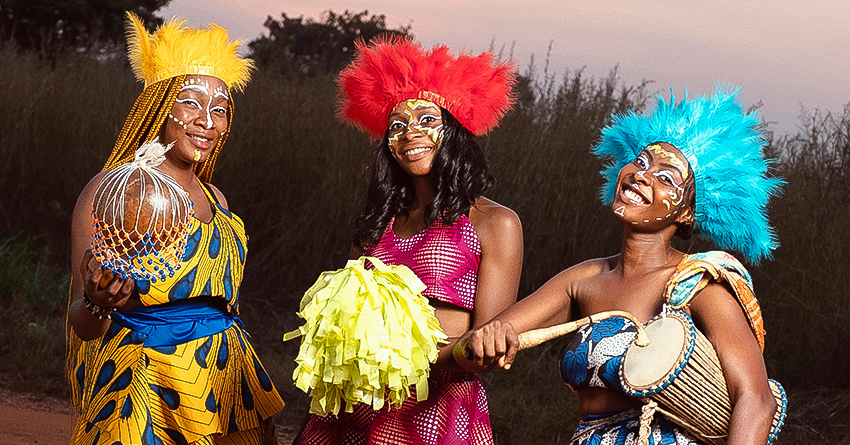Music and dance are universal expressions of culture. They communicate stories, values, and emotions, connecting communities across generations. These art forms are not only entertainment—they are living embodiments of heritage, reflecting history, spirituality, and social identity.
The Cultural Significance of Music and Dance
-
Storytelling – Songs and dances preserve historical events, myths, and legends.
-
Ritual and Ceremony – Many cultures use music and dance in religious or life-cycle ceremonies.
-
Social Cohesion – Community performances strengthen bonds and create shared identity.
-
Expression of Identity – Regional rhythms, instruments, and styles differentiate cultures and express unique perspectives.
Examples of Cultural Music and Dance
-
Flamenco (Spain) – Combines guitar, singing, and dance to convey emotion and history.
-
West African Drumming – Drums and movement communicate messages, rituals, and communal values.
-
Indian Classical Dance (Bharatanatyam, Kathak) – Storytelling through intricate gestures, expressions, and rhythm.
-
Native American Powwow Dance – Celebrates ancestry, spirituality, and community unity.
Challenges in Preserving Music and Dance
-
Globalization – Popular international music can overshadow traditional forms.
-
Urbanization – Migration to cities may limit exposure to traditional performances.
-
Decline of Practitioners – Mastery requires lifelong training, which fewer young people pursue.
-
Commercialization – Traditional forms risk being simplified for entertainment value, losing depth and context.
Ways to Preserve Musical and Dance Heritage
-
Education and Mentorship – Teaching techniques in schools or through apprenticeship programs.
-
Documentation – Record performances, songs, and choreographies for future reference.
-
Cultural Festivals and Events – Encourage community participation and public appreciation.
-
Support for Artists – Financial and institutional backing sustains practitioners and schools.
-
Integration with Contemporary Media – Sharing performances through digital platforms raises awareness globally.
Benefits of Preserving Music and Dance
-
Strengthens cultural identity and pride.
-
Promotes creativity and artistic innovation.
-
Enhances intergenerational and community connections.
-
Offers mental and emotional benefits through participation and appreciation.
-
Educates wider audiences about cultural diversity.
Final Thoughts
Music and dance are living expressions of human heritage. They preserve stories, celebrate life, and bring people together. By valuing and sustaining these art forms, we maintain a deep connection to the past while enriching contemporary culture.
Heritage rhythms are not static—they live, move, and inspire. Preserving them ensures that future generations can hear, feel, and experience the pulse of their culture.
